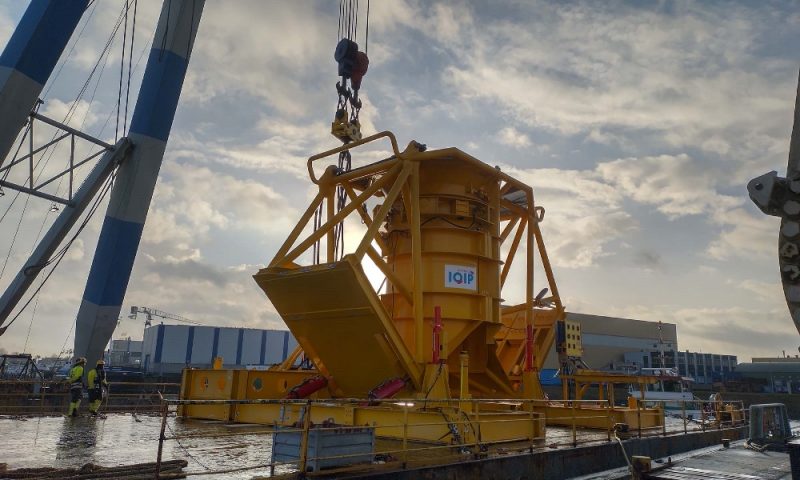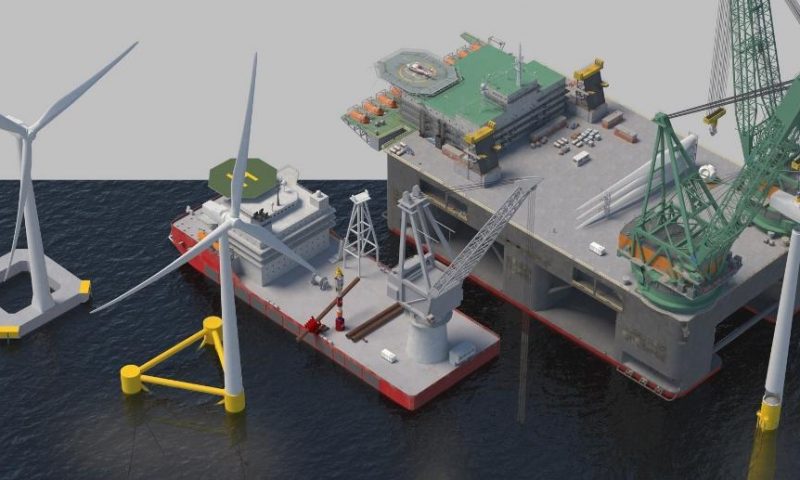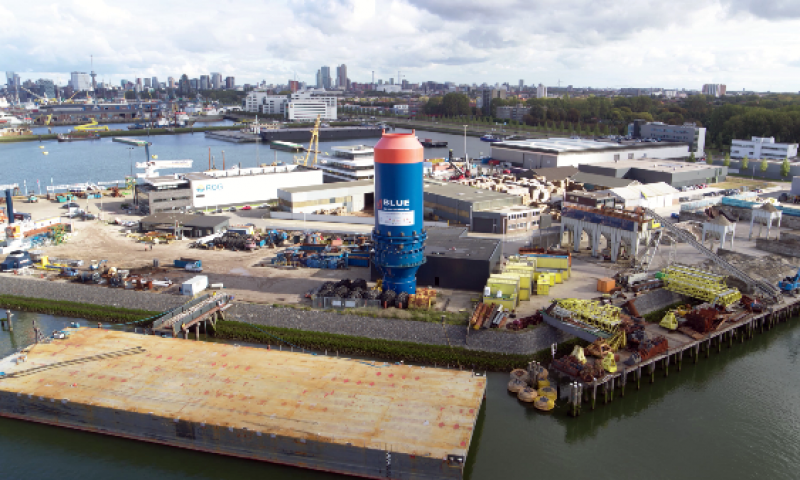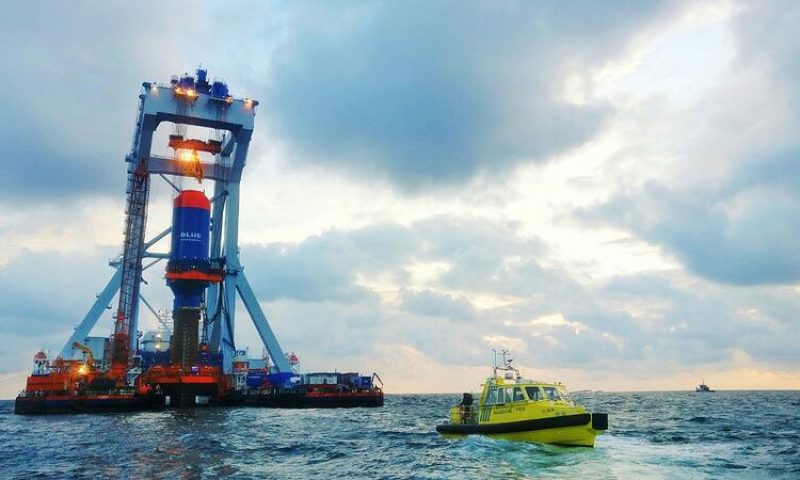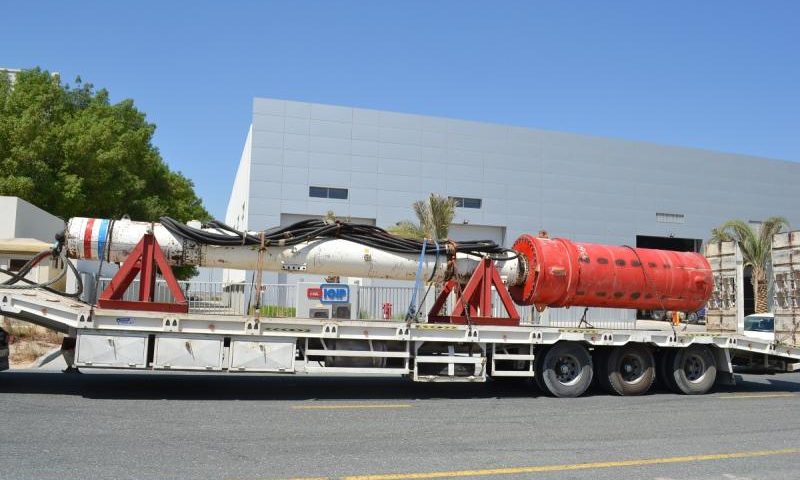
IHC IQIP is Working on an Innovative Pile Removal Solution
With the first offshore windfarms nearing the end of their operational life, solutions for efficient pile removal are set to become pivotal to the piling industry within the next five to ten years. IHC IQIP is working on an innovative solution to allow for complete pile removal and, where that is not possible, a safer and more efficient partial removal.
As wind energy on- and offshore continues to grow so does the number of piles driven into the ground and seabed all over the world. However, with a typical pile lifespan of 20-25 years, the next decade will see an increasing need not just for more pile installations but for efficient, safe, and environmentally responsible pile decommissioning. Currently, environmental conditions require the removal of all foundations above ground and several meters below seabed level. This can be challenging, especially underwater, as current removal techniques consist of dredging and cutting the piles; something which only gets more complicated as piles grow and reach deeper depths.
However, with the new method being developed by IQIP, the health and safety risks to the divers currently carrying out the underwater cutting can be avoided. Furthermore, with more steel to sell as scrap, costs can be reduced. Joop van Dijk, product manager, explains.
“To remove an installed hollow pile (tube), we can use the well-known technique of closing the pile at the topside, filling the pile with a medium, liquid, and by pressurizing the liquid, the pile will raise out of the soil by the built-up pressure.”
However, there are a number of challenges in the realisation of this method including the possibility of the liquid medium leaking into the soil and preventing the needed pressure from being created. This is one of several challenges, IQIP is currently solving with new methods and technologies.
SEALING THE SOIL
To solve the issue of the pressurising liquid leaking into the ground, IQIP is set to start testing the use of natural polymers, fluids that have the properties to seal the soil, in 2021. The viscosity of the natural polymers (protein chains) will raise by a dynamic load, and this means that while the fluid is pressed into the pores of the soil, the flow will decrease, enabling the pressurising of the pile.
“The advantage of using polymers as a sealing material is that it is harmless for the environment and therefore may remain in the environment,” explains Paul Hitzerd, manager advisory services.
In cases where calculations show that the friction between the pile and soil will become too high for this method to work without passing the yield point of the pile material by the internal pressure, the pile can be partly or completely dredged. This may be combined with internally cutting the pile and then partly filling the pile with soil and polymers to pressurize and finally retract the pile.
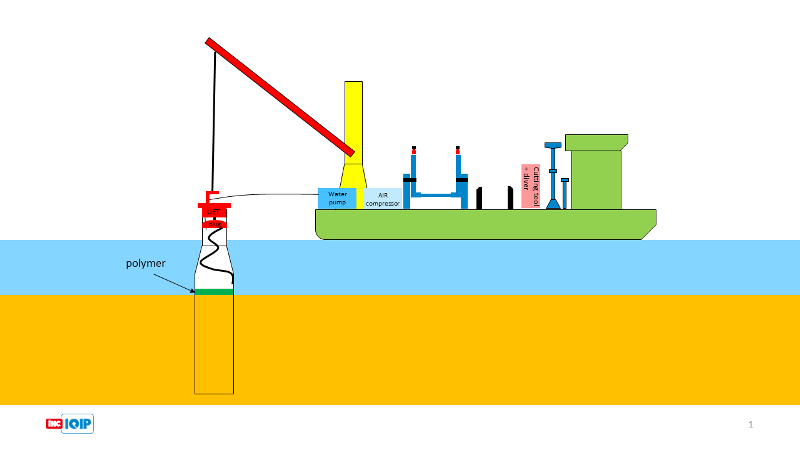
NEW TECHNOLOGY TO INCREASE SAFETY
To ensure that there are no safety issues when it comes to cutting the pile, IQIP and DECO have jointly developed a fully automated abrasive waterjet cutting technology.
“It cuts from the inside of the pile, and it’s completely safe because it can be operated by remote control, therefore no people are involved underwater. The only risk is for the tool to be damaged,” explains Joop.
This method can, of course, also be used in cases where the pile will need to be cut off underneath seabed level and partially removed.
“But when possible, a complete removal will always be the best choice,” stresses Joop. “For environmental and safety reasons, you have to make sure the pile doesn’t resurface, and that’s the tricky part because as the seabed moves, the pile may pop up again. For us, that’s an undesirable situation to avoid if possible. Governmental and environmental organisations share this opinion.”
Combining the proven techniques of pressurising and lifting with the use of natural polymers to seal the ground will thus provide a much-needed alternative for the industry. With tests planned in 2021, the technique will, together with newly designed equipment to lift, extract, and upend even the largest of monopiles, enable complete, safe and cost-efficient pile removal of pile foundations not just for windfarms, but all kind of structures such as bridges, jetties, oil and gas platforms, etc. The possibilities are endless.




